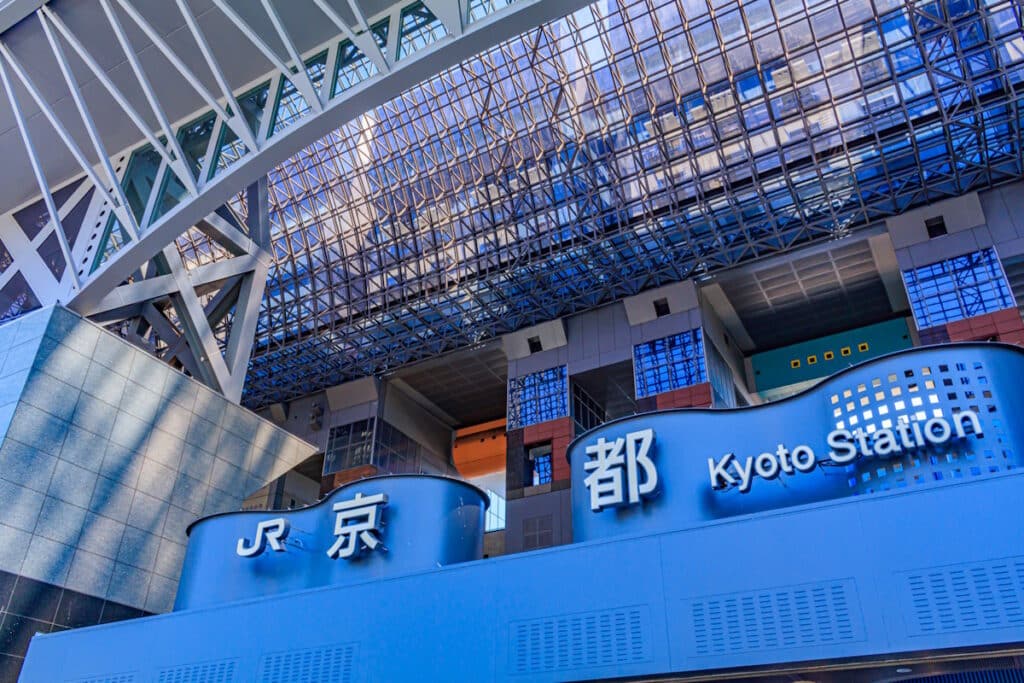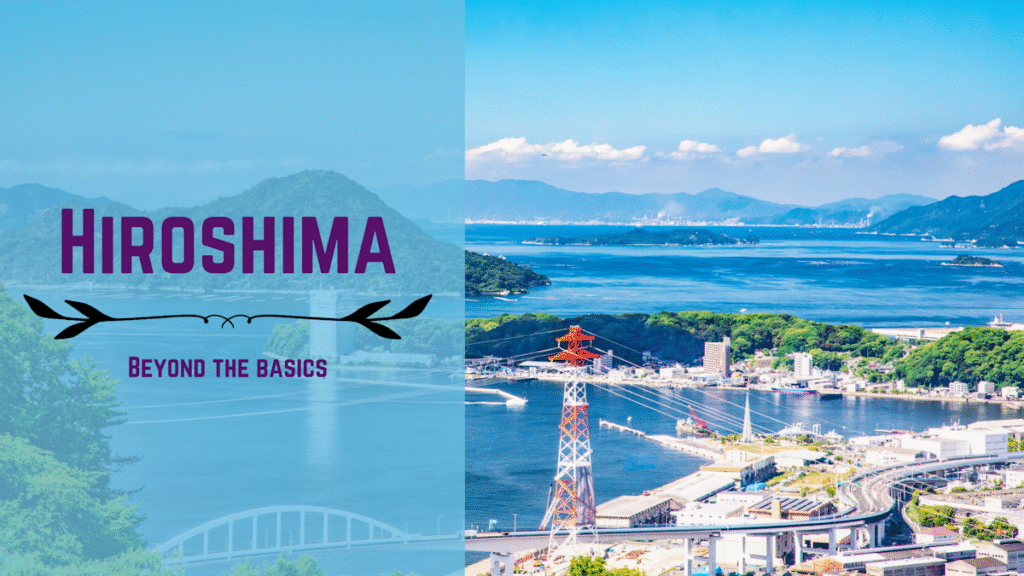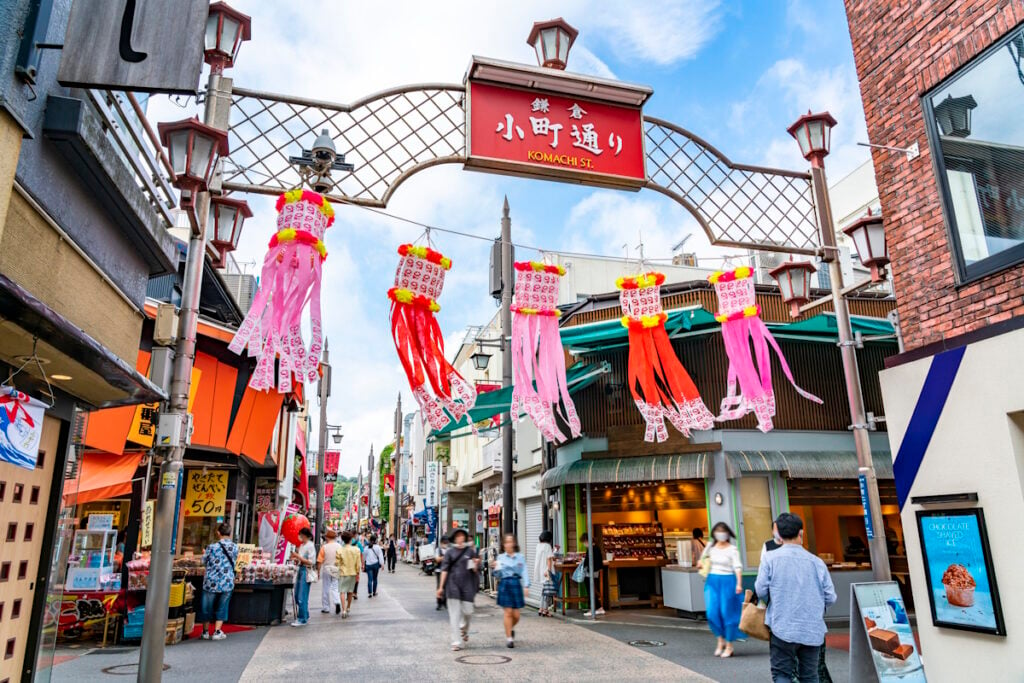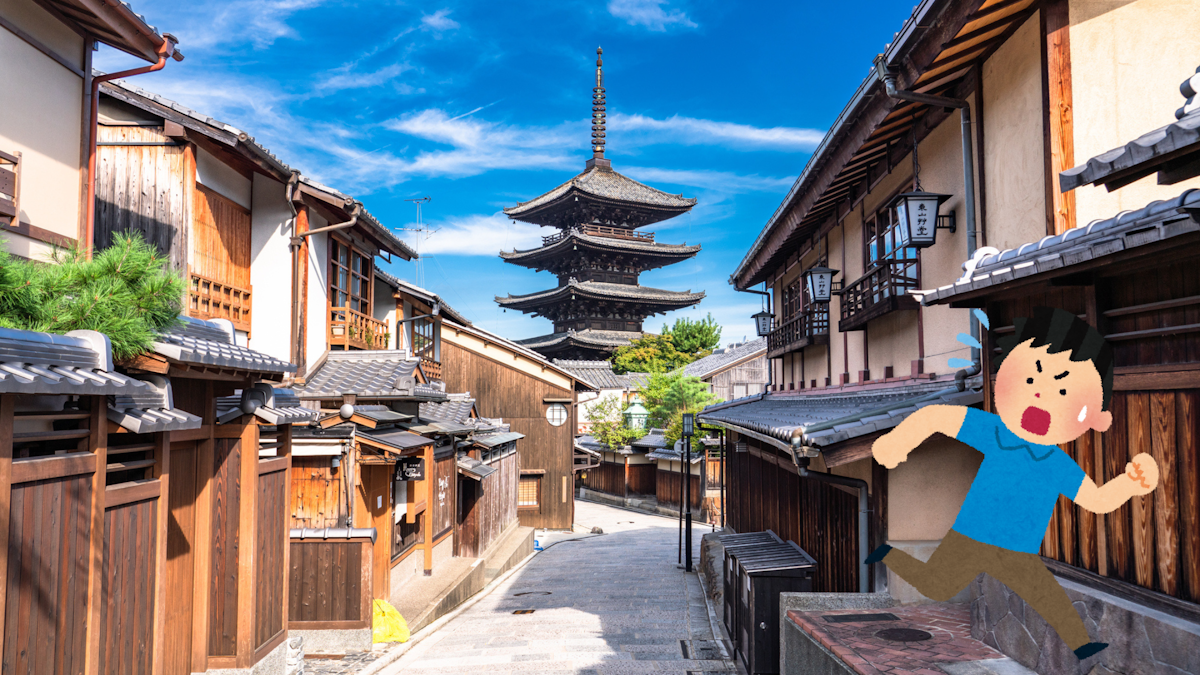As foreign tourists continue to pour into Japan, some Japanese domestic travelers say they feel displaced in their own country. On social networks, some people claim in particular that local travelers are avoiding Kyoto like the plague.
Is that true? One research team intends to find out.
Kyoto’s booming tourist business

It turns out that many people are fleeing the historic area of Japan these days. In 2022, the city of Kyoto saw the most significant drop in residents of any location in Japan. Today, the prefecture as a whole continues to lose residents at a rate of around 0.4% a year, with mainly young people leaving.
One reason people are leaving? The explosion of hotels. The number of lodging facilities catering to tourists has spiked in recent years, increasing by around 20% alone between 2010 and 2020.
This trend has only continued as Japan welcomes a record number of tourists every year. That’s led to a number of problems connected to overtourism. From people trespassing into the private residences of geishas to overcrowding on city buses and bad behavior at religious sites, some residents say they feel like they’re being squeezed out.
Visits from Tokyo to Kyoto drop by half
It’s not just residents fleeing, either. This influx of inbound tourists has, according to social media buzz, led many domestic tourists to reconsider their travel plans.
But does this “Kyoto flight” (京都離れ; kyōto-banare) really exist?
The Kyoto Chamber of Commerce would like to know (for obvious reasons). To find out, it’s partnering with a research team from Nagasaki University to dig into the data.
The research team plans to use cellular data provided by Softbank, which, since 2021, has provided anonymized location data for 30 million smartphones. It will look at between 10 and 20 popular tourist spots to assess how many people are visiting Kyoto from across Japan, and whether those numbers appear to be dropping. The joint team expects to deliver the report sometime in 2026.
The team already ran a test pilot of their program that assessed how many people visited Osaka from Tokyo on certain days in 2022 vs. the same days in 2024. They determined that visits between the two years dropped by half.
Planning a trip to Japan? Get an authentic, interpreted experience from Unseen Japan Tours and see a side of the country others miss!

"Noah [at Unseen Japan] put together an itinerary that didn’t lock us in and we could travel at our own pace. In Tokyo, he guided us personally on a walking tour. Overall, he made our Japan trip an experience not to forget." - Kate and Simon S., Australia

See a side of Tokyo that other tourists can't. Book a tour with Unseen Japan Tours - we'll tailor your trip to your interests and guide you through experiences usually closed off to non-Japanese speakers.


Want more news and views from Japan? Donate $5/month ($60 one-time donation) to the Unseen Japan Journalism Fund to join Unseen Japan Insider. You'll get our Insider newsletter with more news and deep dives, a chance to get your burning Japan questions answered, and a voice in our future editorial direction.
Kyoto Chamber of Commerce head Horiba Atsushi said the Chamber will use the data to develop strategies that help Kyoto businesses navigate a changing tourism climate. Particularly, it wants to assist Kyoto’s historic family-owned shops (shinise) and local businesses—i.e., the businesses that suffer most from a domestic visitor drop.
The potential factors driving Kyoto flight

It would make sense that domestic travelers would want to avoid overly crowded destinations. Travel journalist Hashiga Hideki comments on Yahoo! News Japan that negative impressions on social media due to reports of overcrowding could be pushing some people away.
A Kansai resident (the region of Japan containing Kyoto) argues that Kyoto sort of brought crowding issues upon itself. On the one hand, there are numerous sites such as temples and shrines to visit, and it’s relatively easy to travel between them. That, combined with the well-documented flaws in Kyoto’s public transit, leads to an over-concentration of people at popular sites.
Another factor could be that Kyoto is filling up with shops that specifically cater to inbound tourists’ tastes as opposed to domestic needs. Back in April, for example, I wrote about how many traditional Japanese ryokans in Kyoto no longer serve kaiseki, the country’s traditional multi-course meal, because foreign visitors don’t eat it. Some ryokans reported that 90% of their business was now foreign tourists.
Kyoto’s overseas popularity may also be pricing out domestic travelers. Hotel prices are rising in Japan’s major tourist hot spots as demand skyrockets. That’s pricing out local travelers across the country. Some Kyoto restaurants are also charging ridiculous prices in a bid to take advantage of Japan’s weak yen.
Why this page doesn't look like crap
You may notice a few things about this page. First, it’s mostly content – not ads. Second, this article was written by a human, not a plagiaristic Turing machine.
Unseen Japan is a collective of independent authors. We work hard to keep our content free of intrusive ads and AI slop.
Help us keep it that way. Donate to the Unseen Japan Journalism Fund to support our work. Regular donors will receive Insider, our paid newsletter with weekly bonus content about Japan. Plus, your contribution will help us produce more content like this.
What to read next

Japan Closes Tourist Driver’s License Exchange Loophole
Tourists to Japan used to be able to get a powerful souvenir: a Japanese driver’s license. But that’s all changed.

Hiroshima’s Hidden Travel Gems: Avoid The Crowds at These Unique Sights
Discover hidden Hiroshima gems beyond Peace Park and Miyajima, from ramen towns and sake alleys to rabbit islands and baseball games.

As Tourists Flood In, Kamakura Battles Vandalism and Public Urination
City officials warn they may have to take more drastic measures to curtail tourists if conditions don’t improve.
Sources
日本人の「京都離れ」は本当に起きてる? 地元と大学などが研究始動. Asahi Shimbun (and Yahoo! News JP for comments)
京都市から若者と子育て世代が離れていく理由. Toyo Keizai
なぜ京都市が?人口減少が全国最多. NHK News
